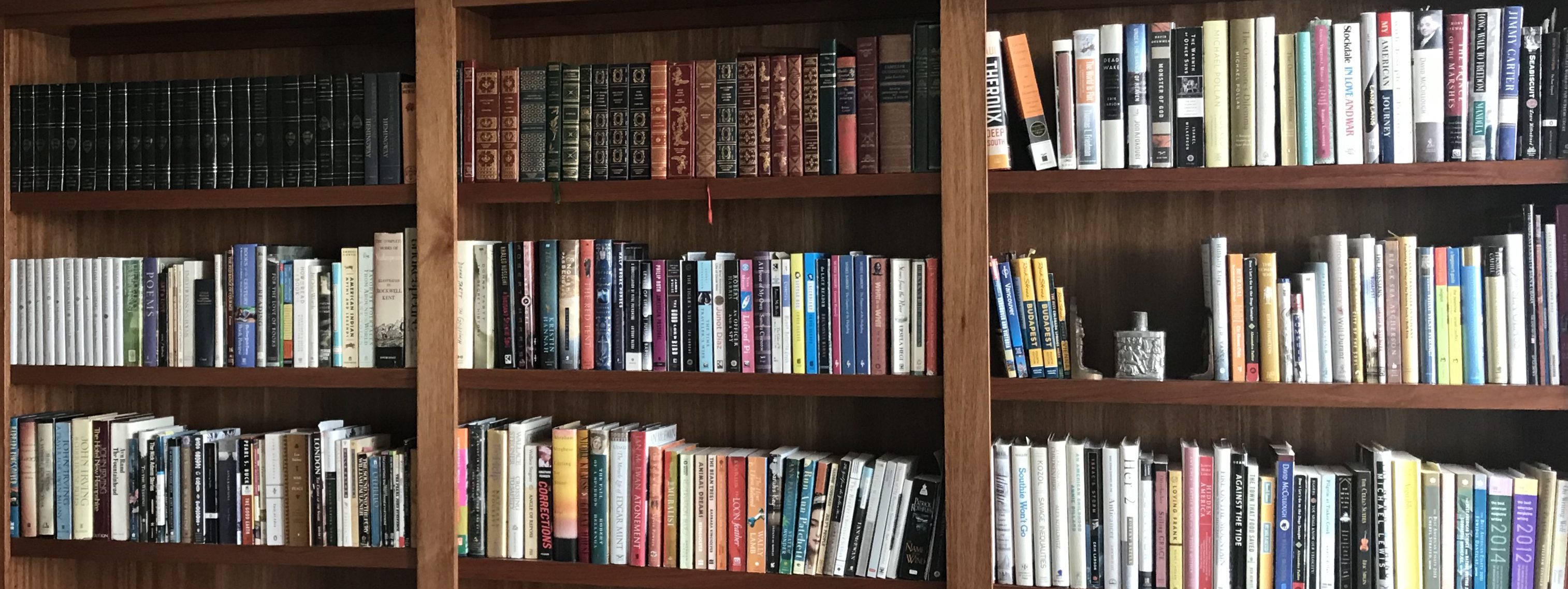 I think if I had I read the end notes of this book, I may have had a stronger appreciation for the story while reading it. On the other hand, it might have been a turn-off because a fictional story “based on real facts” as this book was, seems a little like those hokey 70s TV dramas where some deep voice pipes in just before the title screen and says “the story you’re about to hear is true. Only the names have been changed to protect the innocent.” Historical fiction is a genre I loved for my daughter when she was in grade school and early middle school because it was a great way to learn some history while still getting swept away in a fictional world. But when it comes to adult literature, I’m a bit more tepid. Why not just do a bit more research and write nonfiction? Or, write a novel and truly create the world of your book.
I think if I had I read the end notes of this book, I may have had a stronger appreciation for the story while reading it. On the other hand, it might have been a turn-off because a fictional story “based on real facts” as this book was, seems a little like those hokey 70s TV dramas where some deep voice pipes in just before the title screen and says “the story you’re about to hear is true. Only the names have been changed to protect the innocent.” Historical fiction is a genre I loved for my daughter when she was in grade school and early middle school because it was a great way to learn some history while still getting swept away in a fictional world. But when it comes to adult literature, I’m a bit more tepid. Why not just do a bit more research and write nonfiction? Or, write a novel and truly create the world of your book.
The Invention of Wings is a novel based on–what appears to be–quite a body of research. The main characters, the setting, and many of the details of the story seem to be grounded in truth. Not knowing this while reading, I found myself in disbelief at times (remember: truth is often stranger than fiction), hoping for a bit more development to make some of the scenes more convincing. I think at times Monk-Kidd relied on the fact that historical truth winds in and out of the story, and as a result, she didn’t work as hard at believability as she could have. That said, this book is a page turner. It’s based on the history of the Grimke sisters, Sarah and Nina, who were on the cutting edge of the abolitionist and women’s rights issues. Set mostly in Charleston, the chapters alternate in two voices: Sarah Grimke and the her slave, Hetty, whom Sarah received for her 11th birthday. Sarah knows, even at that young age, that she despises slavery, but she is unable to return the gift. Her family’s entire way of life (like that of all the South) depends on slavery, and Sarah is given no choice but to remain on board. Thus begins a life-long relationship (not to be confused with friendship) between the girls.
Much of the book is well-written: lyrical and descriptive, and achingly haunting at times. The characters are mostly compelling–flawed and real. But sometimes, I questioned their motives because some weren’t developed enough to support their actions. At times I also got a bit bored, feeling that Kidd may have tried to cover too many sub-stories, and some of those tangents weren’t as compelling or threaded tightly enough to the story. Still, the story offers us another chance to learn about this evil time in our history, and while some of the scenes are difficult to stomach, they are somewhat offset by the beauty of the intricate quilts sewn by the Hetty and her mom. Quilts made with applique images that detailed their lives, their dreams, and their living nightmares. Quilts that seemed to be the only thing worth living for. (fiction)
